Desi by birth, American by heart: The identity puzzle
Majority of the Indian parents in the U.S. find it challenging to preserve the essence of their heritage, values and belief systems while allowing their children the freedom to embrace American culture.
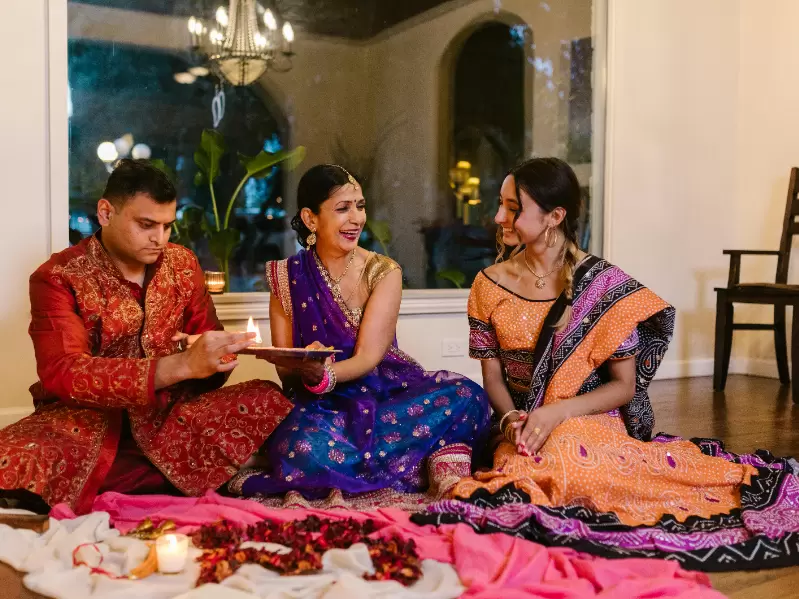 Representative Image / Pexels
Representative Image / Pexels
For a generation that grew up in India, childhood meant playing cricket in dusty, narrow lanes, celebrating festivals with pomp and gay, living in a joint family system, and simply hogging on home-cooked maa ke haath ka khana.
For their children, the second and third generation Indian-Americans who either migrated to the U.S. early in their lives or were probably raised here, childhood often meant summer camps, sleepovers, and figuring out who they are in a culture that is familiar but quite foreign.
This gap isn't just about age—it's shaped by geography, culture, and lived experiences. And while it can lead to tension, it also brings in opportunities for understanding, growth, and connection.
Standing at the Crossroads
Majority of the Indian parents in the U.S. find it challenging to preserve the essence of their heritage, values and belief systems while allowing their children the freedom to embrace American culture. And, this tension permeates in every aspect – language, food, relationships, and even everyday perspectives. Parents might insist on speaking Hindi or Tamil at home, while their kids switch effortlessly to English the moment they step outside.
Family dinners that, at one point, centered on rajma-chawal or idli-sambar now compete with pyjama parties with cheesy tacos, Mexican pizzas on the menu. Major Indian festivals like Diwali and Holi become more than just celebrations—they turn into cultural classrooms, opportunities to explain not just rituals, but identity, belonging, and pride. In every small act of preservation lies a quiet reminder of where they came from and a question of how much of that will they carry forward.
Redefining Culture and Connection
Over the years, Indian-Americans have evolved from quietly assimilating to proudly expressing their choices. From celebrating Diwali at the White House to seeing Indian faces on mainstream TV, today they are not just holding on to their heritage—they’re redefining it. They wear kurtas with sneakers, speak a mix of Hindi and English, and feel equally at home with samosas and sushi. Technology and social media are equally instrumental in filling this gap.
Cultural influencers, podcasts, and YouTube channels are helping diaspora youth explore what it means to be Indian without borders.
The Generational Dialogue
However far Indian-Americans may have come, that gentle tug of identity and sense of belonging continues. Still, the generational conversation isn’t easy to handle. Parents struggle to understand why their children question traditions, and children often feel misunderstood for not adhering to them. Questions about marriage, career choices, or religion turn into cultural battlegrounds with no actual fault of anyone.
Underneath these differences lie a shared goal—building a life rooted in values, family, and love. Many families living in the U.S. grapple with finding a middle ground. Parents are learning to see independence not as rebellion but as adaptation, while children are realizing that preserving their culture doesn’t mean giving up their individuality. The dialogue may be complex, but it’s also what keeps the community evolving.
Dual Identity
Being Indian-American is not anymore about picking one identity over the other—it’s about respecting and embracing both. It’s about lighting a Diya and carving a pumpkin, listening to AR Rahman and Taylor Swift in the same playlist, blending reverence with reinvention. This fusion is evolution. At the end of the day, the “identity puzzle” is not really a problem to be solved but a story to be celebrated—a story of resilience, adaptation, and belonging.
Each generation adds its own layer to it, making the Indian-American narrative richer, nuanced, more colorful, and beautifully complex.
ADVERTISEMENT
ADVERTISEMENT
E Paper
Video



 Manvi Pant
Manvi Pant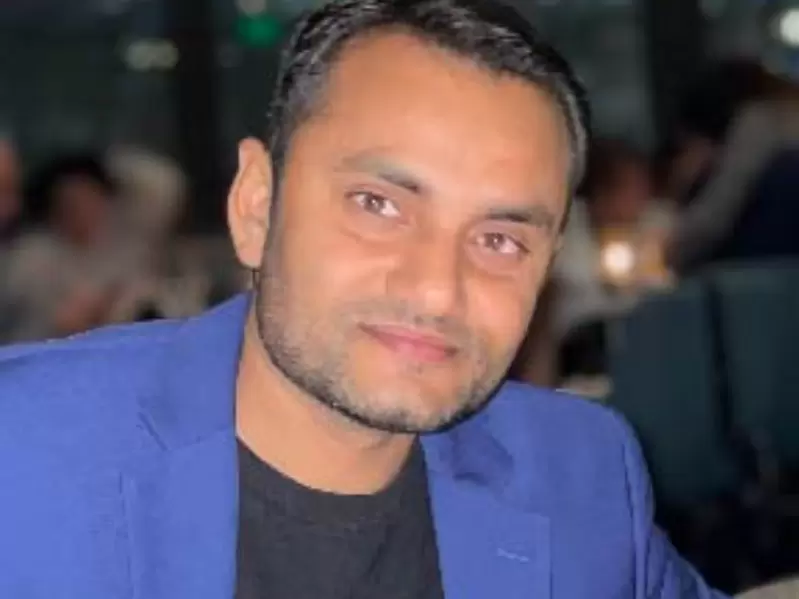
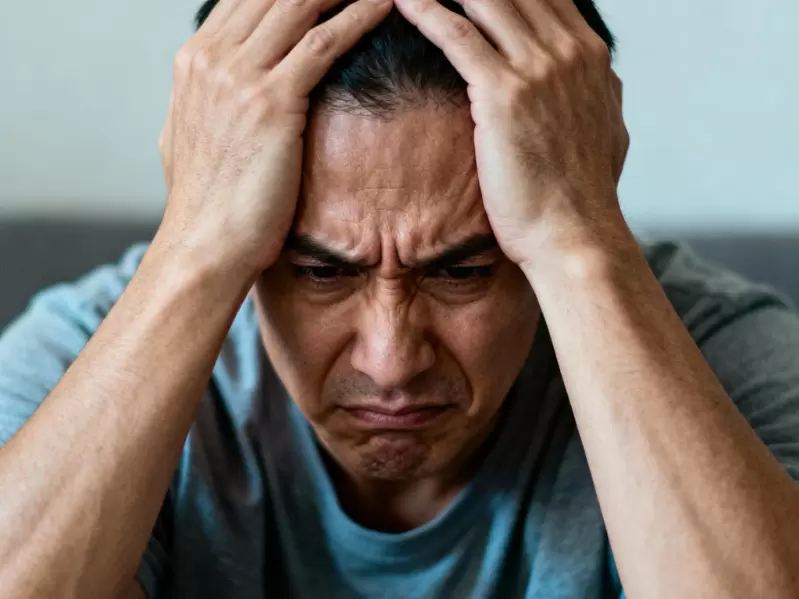
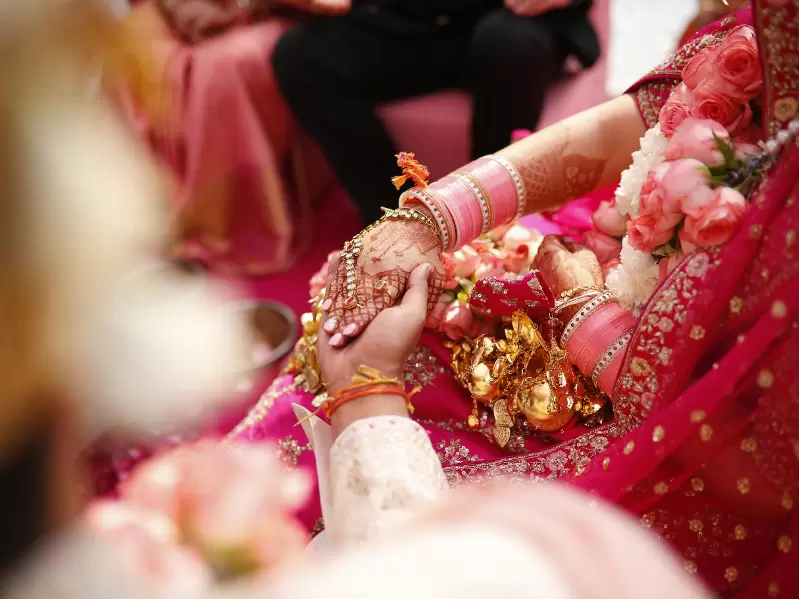
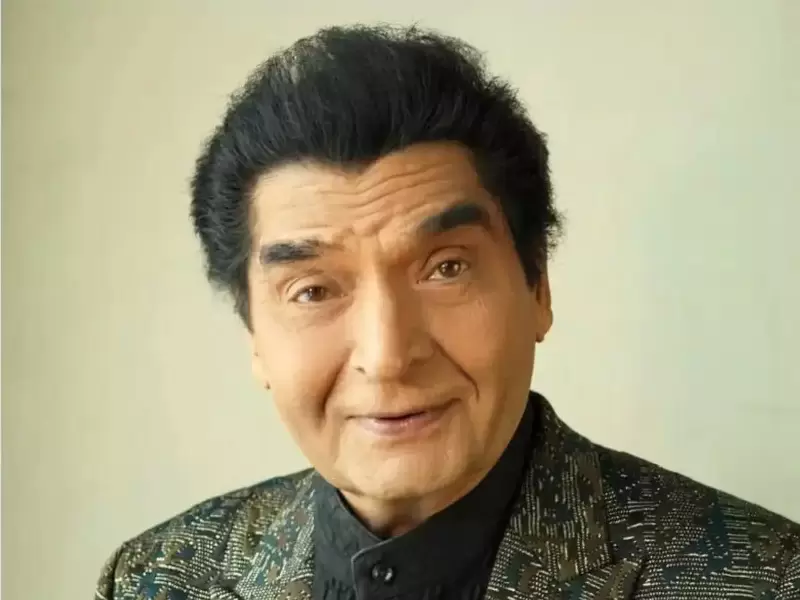
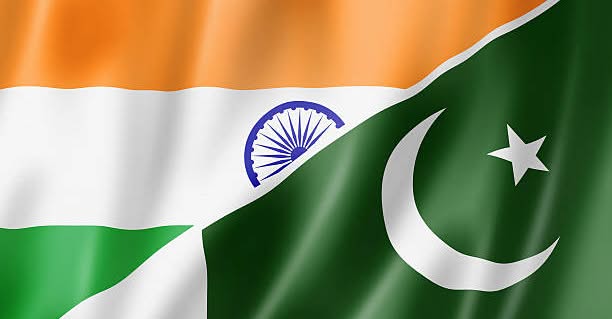
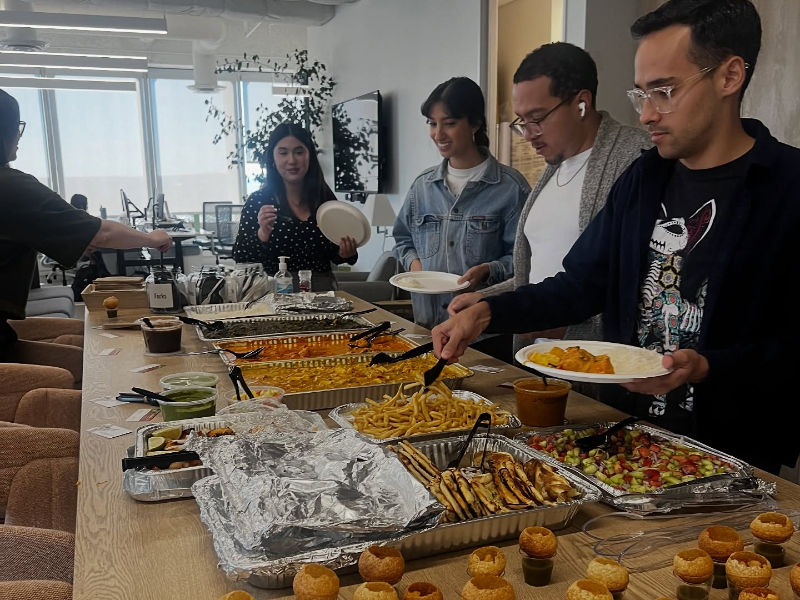

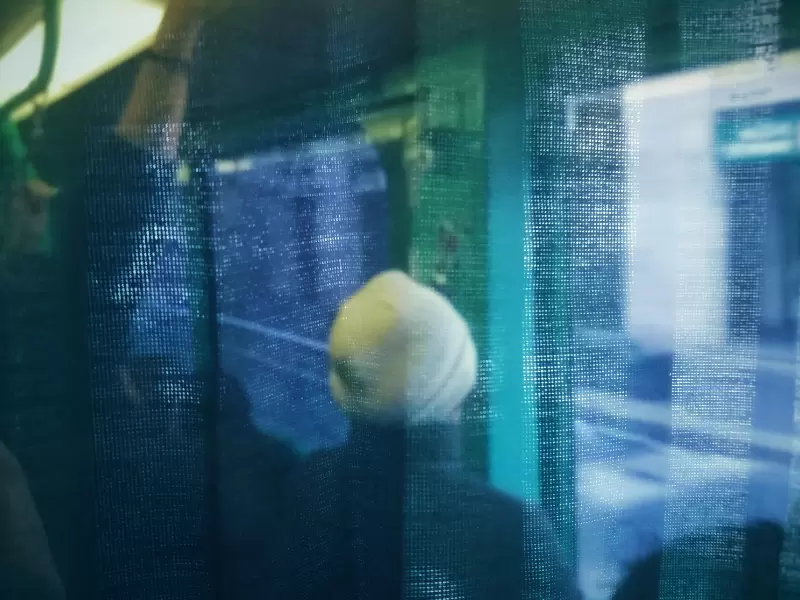
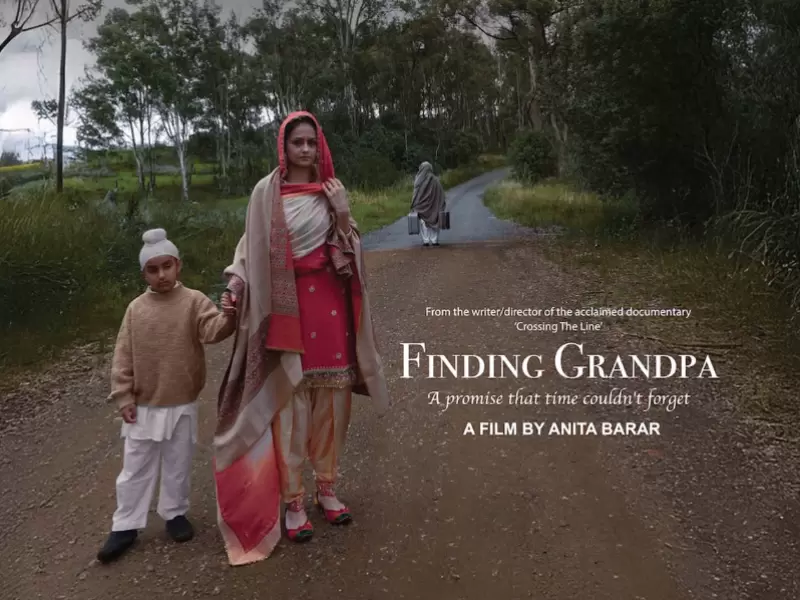
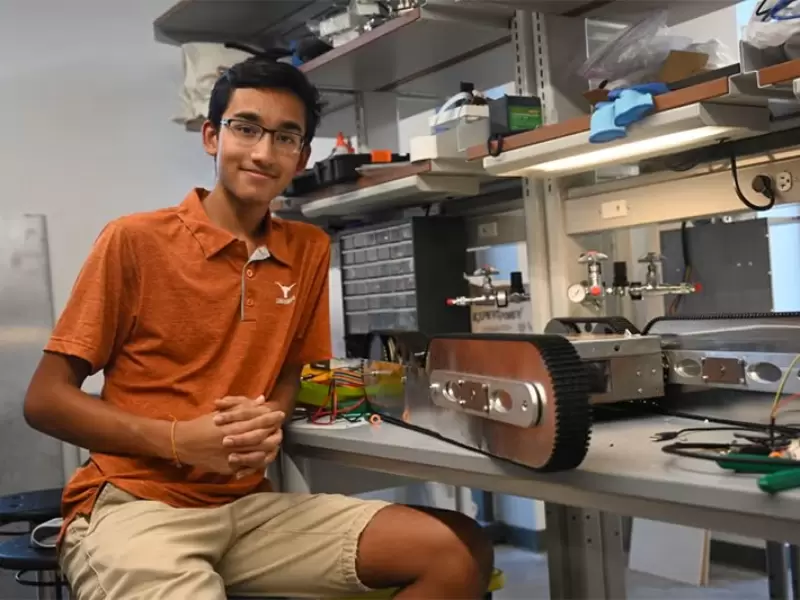




Comments
Start the conversation
Become a member of New India Abroad to start commenting.
Sign Up Now
Already have an account? Login